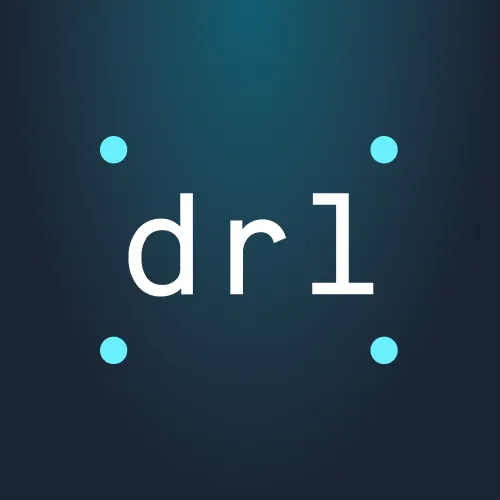10 First Resume Writing Tips to Help You Land a Job (CV Template Inside)
How to organize your thoughts and provide a personalised view of your professional career.

There is a lot of confusing and contradicting advice out there on how to write a resume. In this article, we rely on best practices of top consulting firms (e.g. McKinsey, BCG, Bain), recommendations of world-renowned universities (e.g. MIT, Harvard, UPenn etc.) as well as own experience in career consulting and recruitment. By no means, this list is exclusive. Rather, we encourage you to use our tips as a starting point for the first resume draft. Here go the tips:
1. one-page rule
Keep the resume length to one page only. On average, the reviewer spends less than a minute reading a resume. Thus, your resume should highlight only the most relevant experience for a given job. Trust us, no one is going to read 100 pages on your long nights spent at the lab. The second page is appropriate only if you have an extensive list of publications (for example, you are a Ph.D. student with multiple publications in science journals) or you have more than 10 years of professional experience. Pro tip: start by writing a few pages and then - cut, cut, cut - until the resume fits one page. No less, no more.
2. English language
English is the standard communication means used and understood by all competitive employers. Show that you are ready for a multicultural working environment.
3. Spelling and grammar
Sounds basic but most resumes we receive have typos. If a resume has mistakes, the reader will automatically assume poor work ethics and low attention to details. Pro tips: after finalizing the draft, go for a 20 min walk, then read your resume again before submission. Send your resume to a friend with good English. Installing free Grammarly plug-in could also help avoid mindless mistakes.
4. Structure
Divide the resume into 3-4 clear sections specific to your experience. A typical resume would include sections on Education, Professional Experience, Additional Information (here you can mention your hobbies, skills, interests) and 1 or 2 of the following depending on your profile: Science Achievements, Extracurricular Activities, Community Service, Entrepreneurship. In each section, describe what you personally have accomplished at a particular project. Starting each sentence with a verb helps accomplish just that. Of course, mentioning the technologies and skills is important but the most essential part is what you have done, how you have done it, and what impact your work had on a project you worked on. For example: instead of "work on a website using HTML, CSS", try this "built a medical tourism marketplace website using HTML and CSS to achieve post-launch 1M daily visits and #1 ranking in the healthcare vertical on Similarweb".
5. Photo
In the era of diversity, don't make people judge you by your looks - we recommend not to include a photo on a resume unless you are applying for a position of a model.
6. Format
Black and white, no less than 11 font size, a traditional font such as Ariel or Times New Roman, normal page margins, saved in PDF format. No exceptions. Period. Make sure each position lists a location (e.g. Kyiv, Ukraine), start and end date (March 2018 - Present), and commitment type (full-time, part-time, or remote).
7. Contact information
Don't forget to include your email address, phone number, LinkedIn, GitLab if relevant. Don't add a physical address accept for a city and a country - in 2020, it is neither necessary nor secure.
8. More facts
Don't forget your awards in Olympiads, Kaggle competitions, and hackathons - for a Data Scientist they are very relevant. By telling about your pet projects, you show that your work is also your hobby that you enjoy.
9. Relevance
Tailor your resume to a position you are applying for. The rule of thumb is to have one basic version that you can slightly amend for each position. For example, if you apply to a Team Lead role, dedicate more space to describing your experience as a leader and a manager. Personalized approach really shows!
10. Actuality
Renew your resume regularly to be able to apply to interesting positions quickly. Do not make recruiters gather your experience in pieces from various sources.
A few useful links and resources that really help:
- Sample resumes from MIT and UPenn for inspiration.
- Resume template from Brown University in .doc format. Download and fill it out.
- More tips from Yale's Office of Career Strategy.
Remember, one needs a resume not just to apply for jobs. You can be asked to send one ahead of very important meetings, for raising capital for your startup or even for some visa interviews. Finally, writing a resume organizes your thoughts and provides a helicopter view of your professional career.
Good luck with creating your first resume!




